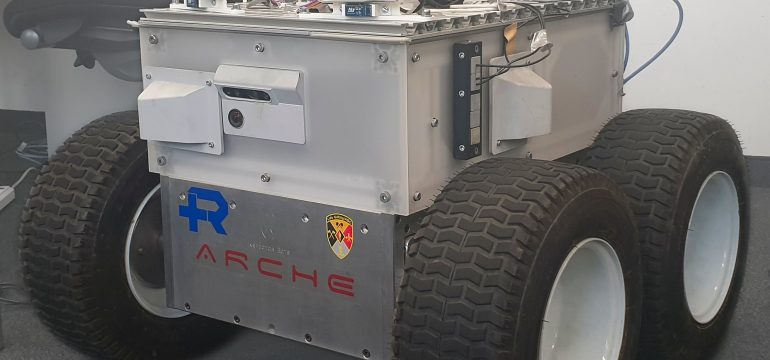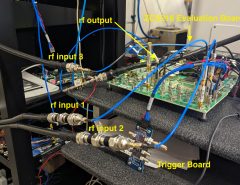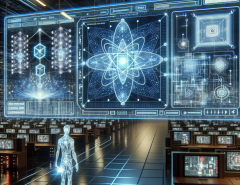Authors: Nicolaj Schmid, Cornelius von Einem, Cesar Cadena, Roland Siegwart, Lorenz Hruby, Florian Tschopp
Published on: March 14, 2024
Impact Score: 7.8
Arxiv code: Arxiv:2403.09477
Summary
- What is new: Introduces VIRUS-NeRF, a novel approach using low-cost sensors for mapping environments by robots.
- Why this is important: The high cost and complexity of LiDAR and depth cameras for obstacle detection and path planning in robotics.
- What the research proposes: A system called VIRUS-NeRF that uses inexpensive ultrasonic and infrared sensors combined with Neural Radiance Fields for effective mapping.
- Results: Comparable mapping performance to LiDAR in small environments and a significant increase in training speed.
Technical Details
Technological frameworks used: Instant Neural Graphics Primitives with Multiresolution Hash Encoding (Instant-NGP)
Models used: Neural Radiance Fields (NeRF)
Data used: Depth measurements from ultrasonic and infrared sensors
Potential Impact
Robotics, automation, manufacturing, and warehousing companies could benefit, while high-cost sensor manufacturers might face disruption.
Want to implement this idea in a business?
We have generated a startup concept here: SentryPath.



Leave a Reply